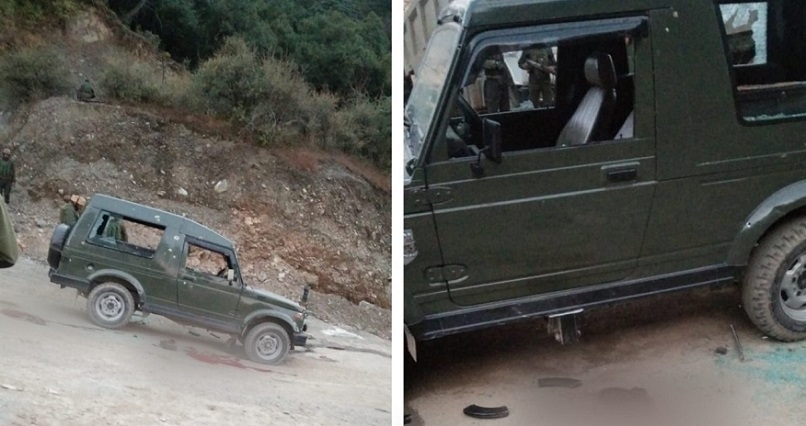SOURCE: AFI

Recent ambushes on convoys in Jammu and Kashmir’s Poonch district highlight the challenges security forces face in the region’s rugged terrain. The dense forests of Poonch-Rajouri offer militants a natural advantage, leaving personnel vulnerable. This article explores the problem and suggests solutions to improve security in the area.
The Poonch-Rajouri belt presents a complex landscape. Dense foliage restricts visibility, making it difficult to detect militant activity. This limited sight range gives attackers an upper hand in launching surprise attacks on convoys. Additionally, the mountainous terrain makes patrolling and setting up outposts difficult.
The combination of challenging terrain and surprise attacks has resulted in casualties among security forces in the past two years. This not only impacts morale but also raises concerns about the effectiveness of current security measures.
Addressing the security challenges in Poonch requires a multi-pronged approach. Technological advancements, improved intelligence gathering, and upgraded equipment for security forces are all crucial aspects. Additionally, fortifying transportation routes and fostering trust with the local community are essential for long-term success.
Proposed Solutions:
- Technological Advancements: Increased use of drones for aerial surveillance can provide a wider view of the area, helping to detect and deter militant activity.
- Intelligence Gathering: Strengthening human intelligence networks within the region can provide crucial information about potential threats and militant movements.
- Upgraded Equipment: Equipping security forces with better night-vision devices and other tools suitable for operating in dense forests can improve their ability to navigate and respond effectively.
- Roadside Security Measures: Creating fortified corridors with improved security measures along frequently used routes can deter ambushes. This could involve watchtowers, better communication networks, and increased patrolling.
- Community Engagement: Building trust and fostering cooperation with the local population can provide valuable information and help identify potential threats.